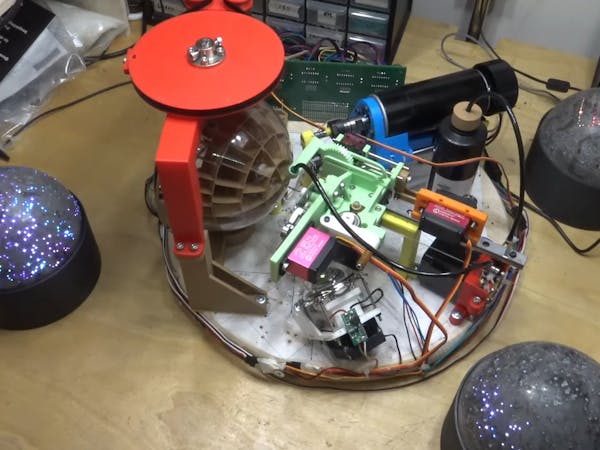

That is a price fixing scam. It is why businesses are required to print prices. Altering pricing is prejudice and if it is not illegal, someone should suffer justice. This is as old as history itself. Delta is admitting to being a criminal organization. Never support the thieves and bandits stealing and looting. Never fly delta.












Gen-f for dystopian neo feudalism. The end of exponential growth of silicon is the biggest shift in the world in nearly a century. This end has already started. We are 10 years out from the last fab node in silicon semiconductors. The real design cycle of hardware is 10 years. So the most advanced corpo top secret engineers in semiconductors have already hit a dead end with nowhere to go. The implications of this shift are only just beginning to emerge. The turmoil that will result from the end of silicon driven globalization is enormous. Globalization was actually due to the military implications of semiconductor fab growth exceeding any military budget. This simple underlying truth is why the pre 1960s political world seems so foreign to the world of today. We are generationally disconnected from that past paradigm in terms of living members in significant leadership roles. As the next 10 years progresses, militaries will dominate economies as they did before semiconductors. The world of the 1930s will become real once again in the rhyming chorus of history. This next generation will be the first to navigate entirely under that paradigm and eventually take control of it without our loose reigns to the globalized past. Without a reliable source of exponential growth, wealth held by the rich will dwindle as those that have it turn to exploitation as their only reliable means of maintaining their hierarchical wealth caste. The only remaining source of stability becomes the military as it has been for all of history except for the anomaly of semiconductors. When strategic objectives dominate society, advantages must be pressed before they are lost. The only reason this paradigm stopped was because pressing advantages would harm globalization stability that drove semiconductors. Disruption is disadvantageous to military technological objectives. Great investments in military necessitate justification of their existence through use and real world testing conditions. The uneven distribution of resources also drives conflict. So this will be the neo feudal era. The precedent was set by the theft of your autonomy as a citizen in the atrocious blunder of allowing the buying and selling of your digital person for exploitation and manipulation. This mistake has lead to the subscription exploitation of the present where you own nothing and have no say in how the pirates pillage you. You have no right to ownership exactly like a feudal serf. AI alignment furthers this substantially by the authoritarian theft of your right to autonomy and all information even the ugly stuff as required for citizens in a real democracy. No doubt we will call the generation something else, but through the lens of hindsight, all of this will dominate. This is generation F